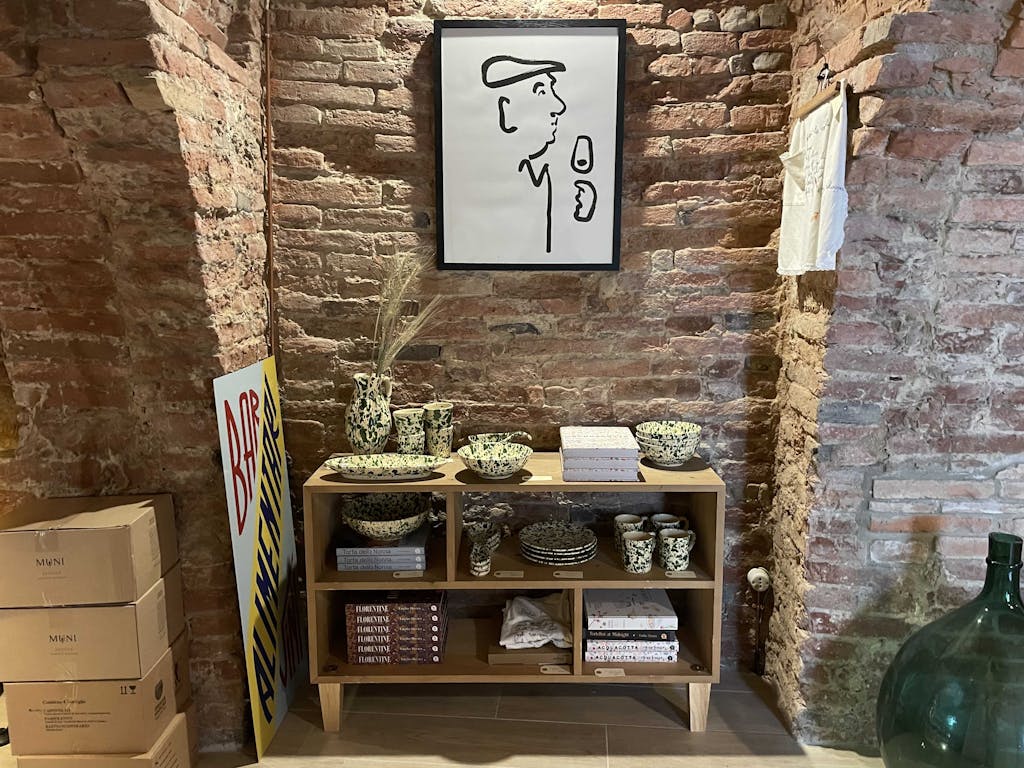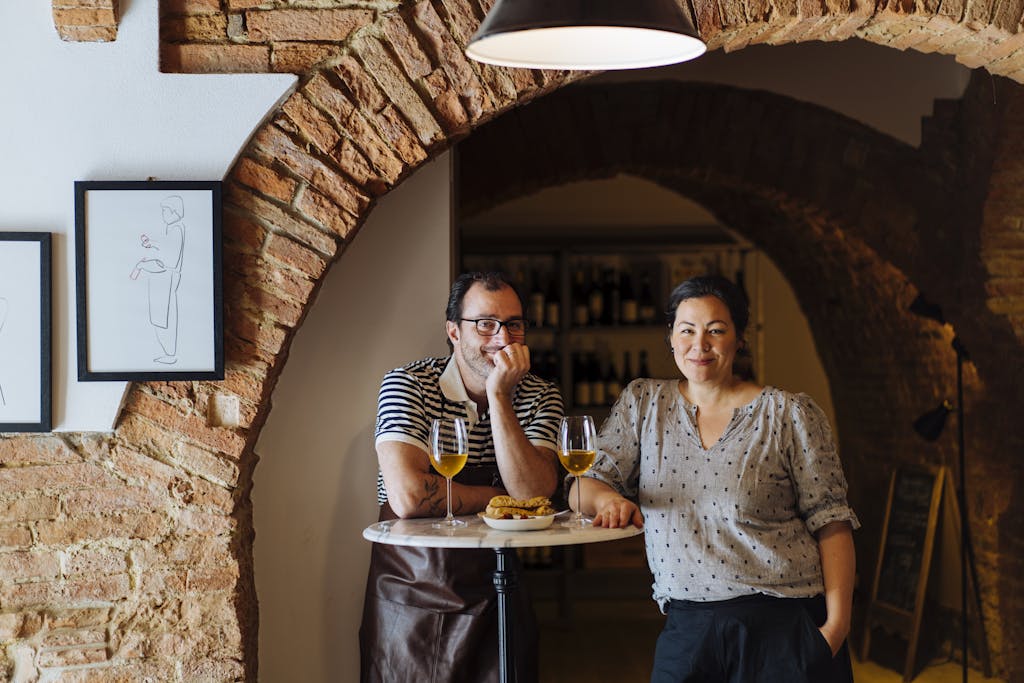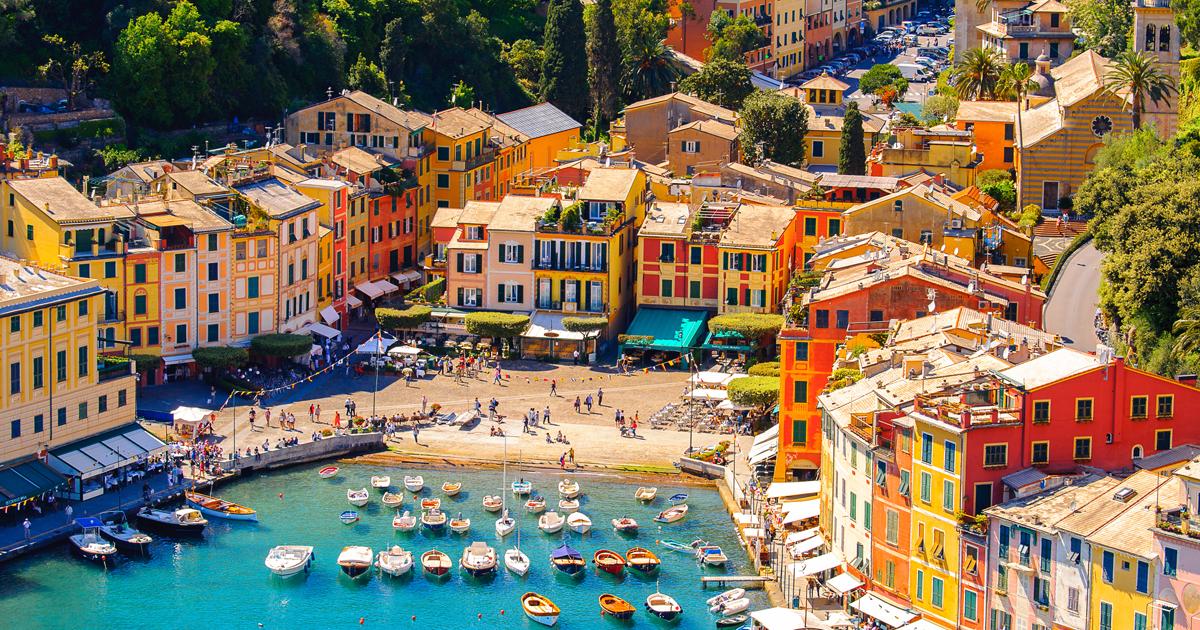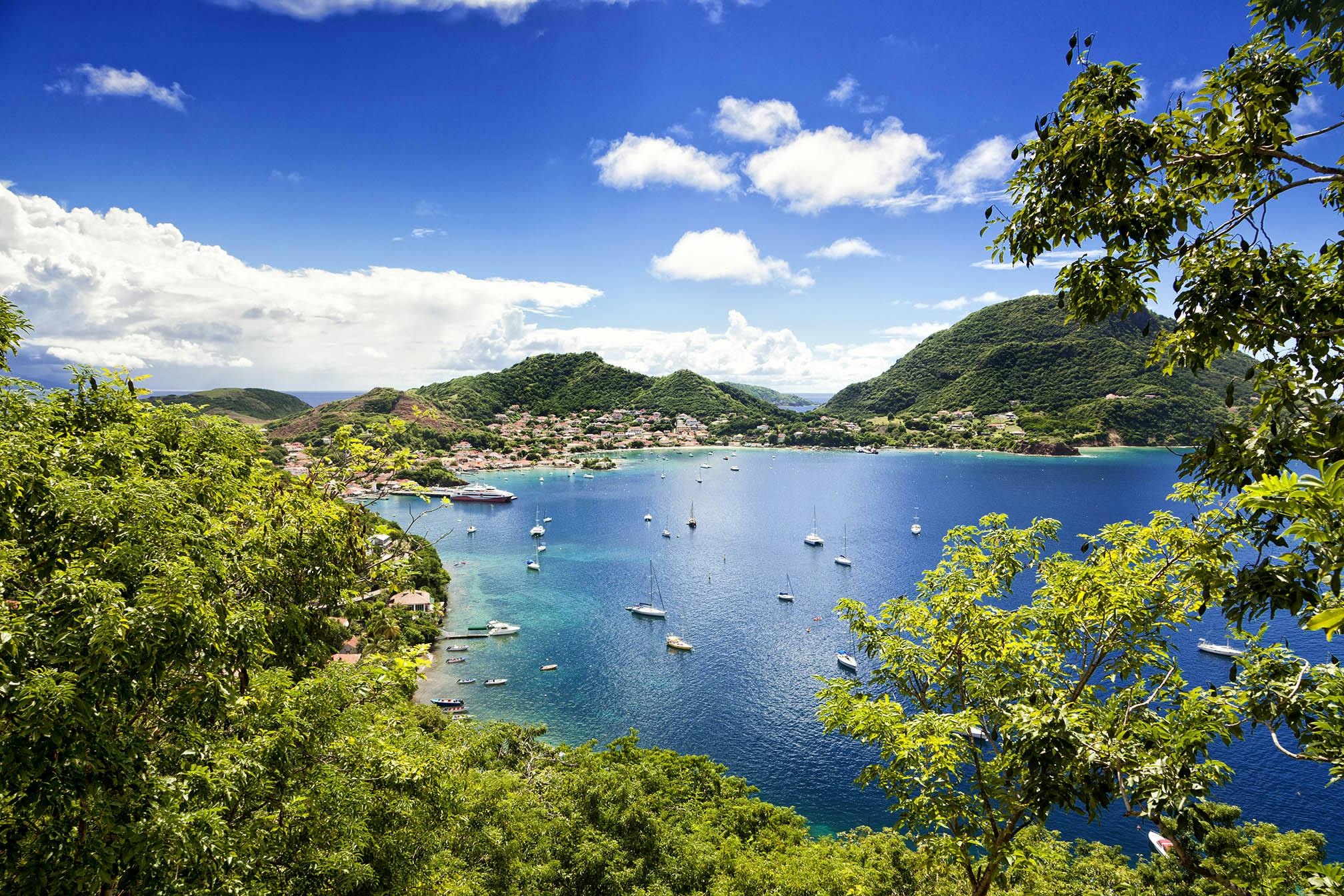S.A.L.T. Tuscany: a Delicious Day of Natural Wine and Food Pairings
We’re sitting around the table at Enoteca Marilu, Emiko Davies and Marco Lami’s natural wine shop/cooking school right off the main square in San Miniato, Tuscany, and no one is speaking. It’s not because we’re lost in food – even though the pappa al pomodoro had us all in a trance just 10 minutes ago. Marco Lami, former head sommelier at legendary restaurant Cibreo in Firenze, husband of Australian-Japanese award-winning cookbook author Emiko Davies, is our wine teacher for the day, and he’s trying to rewire the part of our brains where we make decisions about pairing of wine and food. He’s succeeding.

Our menu started earlier with a series of appetizers highlighting some crucial pairing rules. A few bites in we had a taste of delicious roast beef with a few sips of Chianti Classico Riecine. “It’s a classic pairing of a juicy piece of meat with a soft savory tannic Sangiovese: the tannins bind chemically to the proteins of the meat resulting in a softer mouth feel,” explains Marco. “In this case you could say that the food is helping the wine rather than the opposite.” Then he asked a question: could we think of another similar pairing, something some of us encounter often in our everyday lives?
The question is hanging in the air, under the vaulted enoteca ceiling, between well-stocked shelves of wine and books (including Emiko’s famous “Florentine” and “Acquacotta” and her latest: “Gohan: Everyday Japanese Cooking, Memories and Stories From My Family’s Kitchen”), with the lazy afternoon light streaming in from the courtyard and the bubbling sounds of Emiko’s cooking coming in from the kitchen. We’re wracking our brains, but nothing comes. Finally, we give up. Marco says: “Tea with milk and the whole table goes Ahhhhhhh! Of course: the tannins of tea, the protein of milk. One softens the other.
As part of our S.A.L.T. – Sea and Land Taste Tuscan shore excursion portfolio, which already counts the incredibly successful “Fire and grapes: an Italian barbecue feast with wines on the Tuscan hills” at Tenuta Sardi Giustiniani, outside Lucca, this year we launched a second experience with Marco and Emiko. The setting is the charming medieval hilltop town of San Minato, which sits on an ancient pilgrim route, the Via Francigena. Taking advantage of Emiko and Marco’s newly opened Enoteca Marilu, we asked the couple to design an exclusive private lunch, using each course as a different example of how wine and food can positively influence each other … when paired appropriately.
We also asked them to pick a wine estate to visit before lunch, and without hesitation they suggested Cosimo Maria Masini. The 100-acre estate, which is only a short ride from San Miniato, belonged to Napoleon Bonaparte’s family and was then passed onto the Florentine marchese Cosimo Ridolfi. The Masini family has owned it since the late 1990s. They have 37 acres of vineyards consisting mainly of Tuscan red and white varieties like sangiovese, cannaiolo, trebbiano, vermentino, malvasia bianca, san colombano and a very rare indigenous grape called sanforte (they are the only winery to produce a wine with this single variety).

That’s where our day started. “The winery has been on our radar for a long time, perhaps 15 years or so, but it wasn’t until Francesco de Filippis took over the winemaking, turning the winery towards biodynamics and organics in 2012, that we really began to take notice,” recalls Emiko. “Francesco, in fact, soon became a good friend as we share the same philosophy around wine and life in general. It is not only a stunning place to visit but a place where you can taste wine that tells a story, and this is what keeps us coming back.” The winery tour includes a tasting of Cosimo Maria Masini’s wines and a “light” snack of bread, cheese and charcuterie. I reminded guests our lunch was awaiting in San Miniato, but they pretended not to hear me. I couldn’t blame them.
“My idea of wine pairing is based on what I’ve learned at the Italian Sommelier Association,” explains Marco a half hour later when we arrive at Enoteca Marilu. “The practice is based on two concepts: concordance (for sweets) and juxtaposition (for savory dishes), of course simplifying the method and making it relevant to pairings people encounter every day!” In addition to the roast beef we have fried green tomatoes. The batter is made with breadcrumbs from an old variety of Durum wheat, Senatore Cappelli, paired with a Spumante metodo classico from durella grapes by Daniele Piccinin. The fried food/sparkling pairing is a classic: the wine will mechanically wipe the palate clean of any residual grease from the fried food.
A luscious, thick frittata made with one of the local vegetable “heroes,” the red Certaldo onion, is paired with a Vernaccia di San Gimignano Il Nicchiaio, by Fattoria Poggio Alloro: “The sweetness of the frittata, imparted by the onions, is balanced by the relatively high acidity of the wine,” he tells us. Then it’s time for a crouton topped with truffle honey, paired with a trebbiano macerato by Paolo Marchionni: “Truffle and orange wines have a lot in common; this starts as a juxtaposition pairing, the sweetness of the gorgonzola paired with the savory, almost salty character of the orange wine; however they both share a certain savory nuttiness so there’s a concordance element too.”
We keep eating and sipping, and after the pappa al pomodoro (paired with the Chianti classico, though Marco suggests a sangiovese rose would work even better) comes a creamy baked peach filled with crushed amaretti, egg yolk, peach and tiny bit of sugar. “For any dessert the pairing needs to be a sweet wine with the same body as the dessert,” says Marco. “You wouldn’t pair a big chocolate cake with a light Moscato d’Asti: the intensity of the dessert and the wine need to match, that’s why a chocolate cake will go well with a Port or even rhum, and the Moscato d’Asti will pair well with a light sponge cake with pastry cream». Our pick is a Malvasia delle Lipari by Caravaglio.

As the lunch comes to a close, we stretch our legs under the table, sipping on coffee and nibbling on cantucci. It feels nice to be here, it does feel a little bit like home. “We wanted to create a place that almost felt like an extension of our living room,” Emiko says, “a place where we can introduce people to our world, where we cook with ingredients that show off the best of the local and seasonal offerings and where we can taste wines that are made with care for the soil and the planet but also your taste buds. It’s a place for having a conversation around food and wine — we couldn’t easily find it ourselves so we decided to create it so we had somewhere like it to go to and be part of.”
We were very happy to be a part of it too, even if for only a few hours.



















